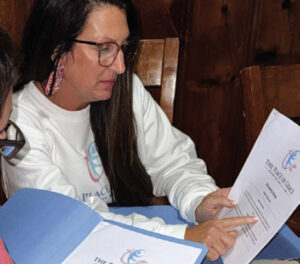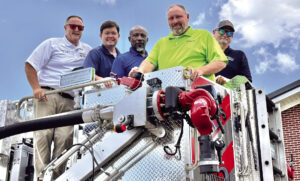Heat stroke guidelines
By Staff
National Weather Service
Heat Index Chart
Category Heat Index Health Risk
I 130 degrees Highly dangerous; heat stroke imminent
II 105-130 degrees Heat exhaustion imminent; heat stroke likely
III 90-105 degrees Heat exhaustion, heat stroke possible
IV 80-90 degrees Fatigue possible
Symptoms:
Heat cramps Heat cramps are painful muscle contractions caused by heat and dehydration. The condition can usually be improved with rest, drinking water and getting into a cool environment.
Heat exhaustion People suffering heat exhaustion feel exhausted, but the condition comes about as a result of excessive heat and dehydration.
Signs of heat exhaustion include paleness, dizziness, nausea, vomiting, fainting and a moderately increased temperature.
Rest and water will help in mild cases of heat exhaustion. Ice packs and a fan will also help to cool down the person. In severe cases IV fluids may be necessary, especially if the person is unable to keep water down.
Heat stroke Heat stroke is a medical emergency. If the weather is hot enough, it can occur in people who are not exerting themselves. Emergency medical personnel should be called if heat stroke is suspected.
A person suffering heat stroke will have warm, flushed skin. Usually, they will not sweat and will have a very high temperature 106 degrees or higher.
The sufferer's temperature must be reduced immediately. IV fluids will be necessary for rehydration. Heat stroke patients may have to stay in the hospital for observation because many body organs can fail due to the condition.
Increased risks:
Everyone's risk of heat cramps, heat exhaustion and heat stroke increases with medications that dehydrate and/or increase sensitivity to sunlight, alcohol consumption and activity level.













